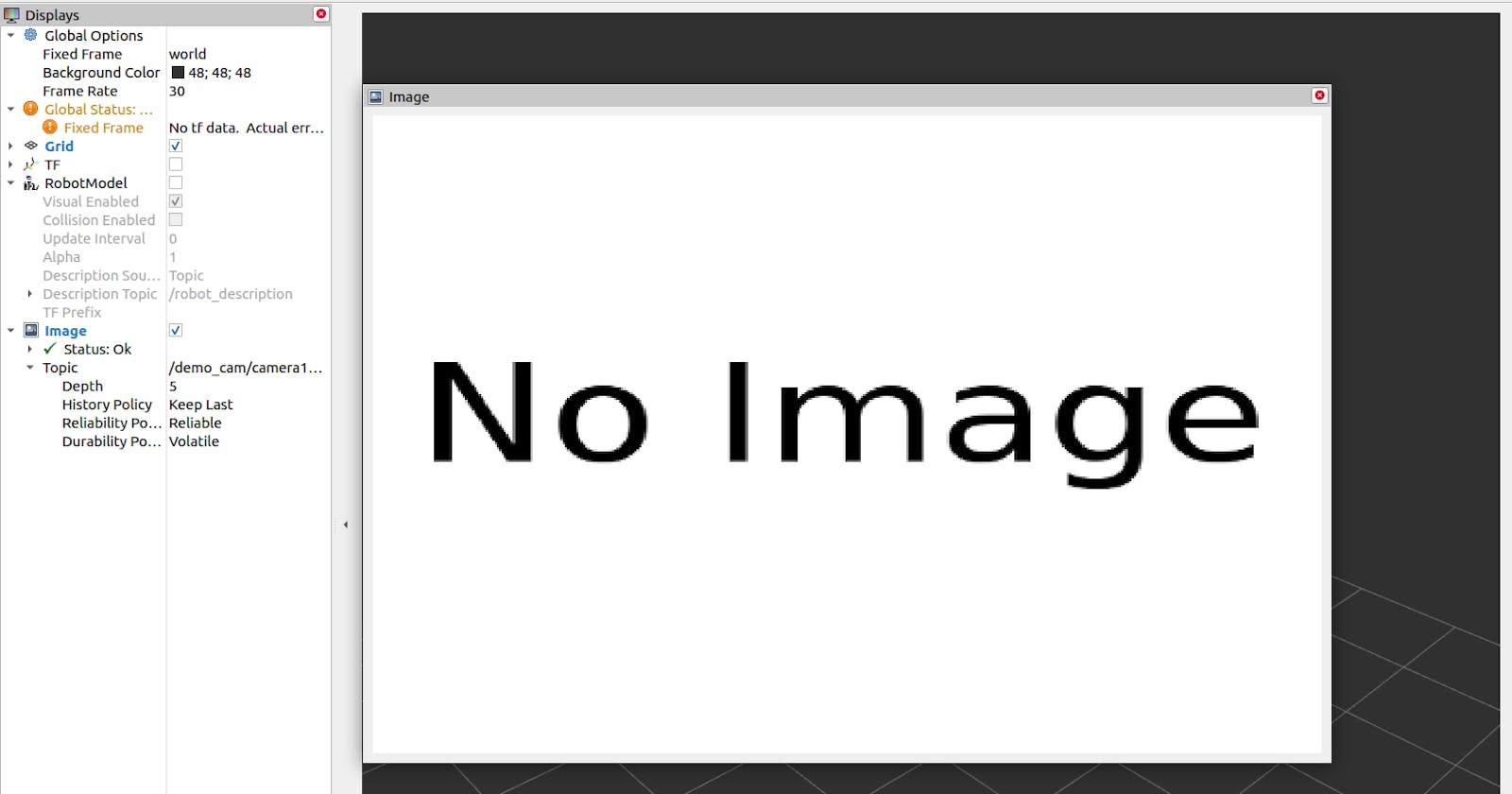Unleashing the Power of RQT: Revolutionizing Visualization and Control in ROS
Robot Operating System (ROS) has emerged as a fundamental framework for building complex robotic systems. One of the most powerful and versatile tools in ROS is RQT (ROS Qt-based Graphical User Interface Tools).
Also Read: robot_state_publisher
In this blog post, we will explore what RQT is, why it is used in ROS, the main advantages it offers over other tools, and why it is an essential component in the ROS ecosystem.
What is RQT?
RQT is a framework within ROS that provides a collection of graphical user interface (GUI) plugins for visualization, analysis, and interaction with ROS-enabled robots and systems. It is built on the Qt framework, which is a widely-used open-source toolkit for creating cross-platform applications. RQT brings the convenience of GUIs to ROS, making it easier for developers and operators to monitor and control robot behavior.
Why is RQT Used in ROS?
Visualization: RQT allows developers to create interactive visualizations of robot states, sensor data, and system performance. It provides a range of plugins for plotting data, displaying images, and rendering 3D models. These visualizations help users gain insights into the robot's behavior and diagnose issues more efficiently.
Live Monitoring: With RQT, users can monitor real-time data streams from ROS topics, services, and parameters. It offers plugins like rqt_topic and rqt_plot that display message data and plot numerical values, respectively. This live monitoring capability is invaluable during development and debugging, as it allows users to verify the correctness of data and analyze system performance.
Interaction and Control: RQT enables users to interact with robots and control their behavior through GUI-based interfaces. It provides plugins such as rqt_console for viewing log messages, rqt_bag for inspecting recorded data, and rqt_reconfigure for dynamically adjusting parameters during runtime. These tools simplify the configuration and operation of robots, reducing the learning curve for new users.
Advantages of RQT over Other Tools:
Integration with ROS Ecosystem: RQT seamlessly integrates with other ROS tools and libraries, leveraging their functionalities. It can incorporate existing ROS nodes, launch files, and configuration files, making it easier to reuse and extend existing code. This integration fosters a collaborative and modular development environment.
Cross-Platform Compatibility: RQT is built on the Qt framework, which ensures cross-platform compatibility across different operating systems. Whether you are using Linux, Windows, or macOS, RQT provides a consistent user experience, enabling developers to work on their preferred platforms without restrictions.
Extensibility and Customization: RQT allows developers to create their own GUI plugins, tailoring the visualization and interaction capabilities to specific robot systems. This extensibility enables the ROS community to develop and share a wide range of domain-specific tools, fostering innovation and collaboration.
Why RQT is Important in ROS?
RQT plays a crucial role in enhancing the usability and productivity of ROS. By providing a rich set of GUI plugins, it bridges the gap between complex robotic systems and human operators. RQT empowers developers and operators with intuitive visualizations, real-time monitoring, and interactive control interfaces, making it easier to design, test, and operate robots. Furthermore, its integration with the broader ROS ecosystem and cross-platform compatibility make it a versatile and widely adopted tool in the ROS community.
Conclusion
RQT stands as a powerful GUI framework within ROS, enhancing the development, control, and visualization of robotic systems. Its ability to provide interactive visualizations, real-time monitoring, and control interfaces empowers developers and operators, making it easier to design, test, and operate robots efficiently. The seamless integration with the ROS ecosystem, cross-platform compatibility, and extensibility offered by RQT contribute to its significance as an essential tool within the ROS toolbox. Embracing RQT brings the convenience of graphical interfaces to ROS, unlocking new possibilities for collaboration, innovation, and the advancement of robotic systems.
